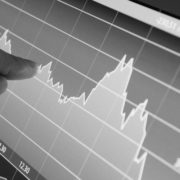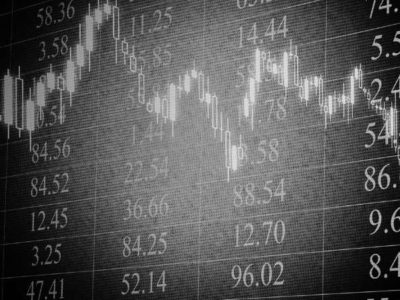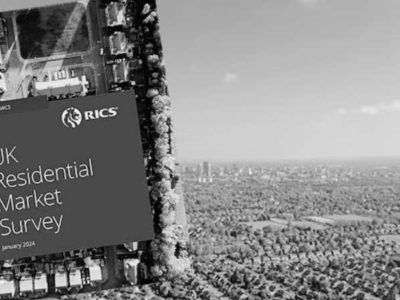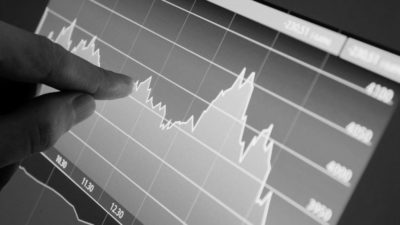The Bank of England has unwrapped another unwelcome present of an interest rate rise just ten days before Christmas, inflicting fresh cost-of-living pain on borrowers.
It means the chill descending on the UK economy is set to turn into a much colder snap, with the latest hike in interest rates, freezing off growth further in a bid to cool inflation, which is still at the steaming rate of 10.7%.
This is the ninth consecutive rate rise since December last year and the last time the rate stood above 3% was in October and early November of 2008, as the effects of the financial crisis were taking hold and the Bank was in the process of rapidly reducing rates to help the economy.
This inflation is seen as the much bigger Grinch for the UK, threatening to wipe out incomes in an aggressive price spiral which is why the Bank is trying to squeeze out demand despite the economic pain which will be inflicted.
The significant price inflation in services and wage growth in the private sector are both red flagged as risks and although the economy is weakening, with a contraction of 0.1% expected for the last quarter of the year, it’s more resilient than had been expected.
Although supply chain snarl ups have also eased, there are fresh worries about the situation with Covid rules and infections in China and there are still concerns about output which could derail supplies again, pushing up prices.
The uncertain outlook and wavering price pressures meant the vote was not unanimous, with two policymakers keen for rates to remain at 3% and one outlier calling for a more aggressive 0.75% rise to 3.75%.
The rate rise means millions more households will be dealing with more precarious finances next year, with this latest rate rise set to cause another wobble, particularly for those paying off credit cards, on variable mortgage deals or those wanting to find a new fixed rate offer.
The Bank has already flagged in its financial stability report that four million households are to have more expensive mortgages next year and two million will have higher payments by the end of 2025.
However, there are glimmers of better news now being glimpsed by investors.
The predicted peak in UK interest rates has fallen back now, coming in a few notches above 4.5% by August 2023.
This is a reflection of faster than expected easing of inflation and the return of financial stability, with Jeremy Hunt becoming the new chancellor, after the volatility experienced in September.
The strengthening pound also has economic advantages, including to reduce import inflation, which could lead to price pressures that are not as bad as some expect as we move through 2023.
The pound has fallen back a little further against the dollar since the Bank of England’s announcement, and is hovering around $1.23.
It had already dipped back due to expectations that higher rates in the US may linger for longer while UK rates might not go as high as previously expected as recessionary cold front moves in.























Comments